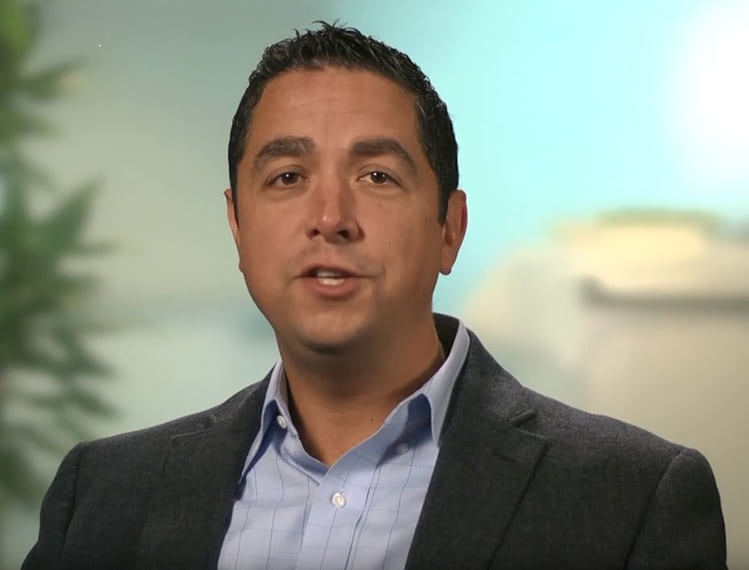Students with Dyslexia are talking their way to success

Writing an essay is daunting for most students, but imagine trying to read and write while the words are swimming around on the page with letters upside down and in the wrong order.
This is the most notable issue that students with dyslexia have to overcome, amongst many other lesser known challenges with spatial awareness and organisation. Studies found that, on average, three children in every classroom are dyslexic and struggle with literacy – which equates to around 1.2 million children that find reading and writing in lessons a challenge.
Even though they are a statistical minority, those students face jumping through the same educational hoops as their peers, which could impact on their psychological well-being.
It is encouraging, however, that through recent in-depth studies and research, more advances have been made to understand dyslexia in full, rather than accepting out-dated misconceptions.
This new awareness makes way for a focus on how it affects individuals differently and what needs to be done to provide them with the right amount of support throughout their time in education.
Technology paves the way for a better future
Technology plays a key role in this, because with tools like iPads, touch screen projectors and speech recognition technology, students with dyslexia have an opportunity to excel in learning situations that may have felt daunting before.
Speech recognition solutions – like Nuance Communications’ family of Dragon solutions for the PC and Mac – offer a myriad of benefits over using the keyboard and mouse.
Most notably, speech recognition solutions helps those who struggle with getting thoughts down on paper by giving them the ability to better articulate their ideas through their words, and ultimately provides a much more fluid and creative writing experience. Instead of typing, users can simply speak their thoughts and watch as their words appear on the screen while they dictate.
Because high recognition accuracy is the foundation on which today’s speech recognition solutions are built, users have no need to worry about how the words are spelled. The vocabulary in these intelligent systems is very expansive – mitigating any need to worry about spelling, and delivering recognition accuracy of up to 99%.
Speech recognition isn’t new of course, and today it can be found in our Smartphones, cars, mobile banking applications and even in healthcare, plus it is fast becoming the core interface in a growing number of digital assistants.
Unlocking talent and potential
Many universities in the UK provide technology to support their dyslexic students and the Disabled Student Allowance (DSA) provides special equipment like pens that record lectures and laptops with speech recognition installed, in order to dictate work into their laptops.
One example of how speech recognition software has been implemented successfully is illustrated by UEA student Amy Firth, who explained:
“When I got into university, I applied for DSA and finally felt I was getting the right type of help, with software like Dragon speech recognition installed on my laptop and other technology designed to help me with essays. It was also important that the solution was something I could use alone in my room because, in the moments where I feel I do need help, I want it to be autonomous.”
Going through the education system with a learning difficulty can be alienating, and for people like Amy, having the capability to work through things on their own terms with software that adapts to them the more they use it, makes getting the help they need not only less daunting, but stops them from feeling isolated from the rest of their peers.
Furthermore, the extensive improvements that have been made to the PC over the last 10 years have been in parallel with the wave of developments that have been made to speech recognition software.
Not only is the average PC more powerful than it was previously, but processor and memory advances make them better equipped to allow users to get the most out of speech recognition’s seamless performance.
Today, that performance is characterised by its high accuracy rates plus the ability to transcribe at up to 160 words per minute, meaning the conversion of thoughts into words, speech to screen, is now easier and quicker than ever before.
The power to transform
Evie Bruton, a Dragon user from Wales, explained her experiences:
“Dragon made getting my thoughts onto paper so much easier, it got used to my voice and became more accurate the more I used it, plus it cut the time I was taking to write essays by at least half; it changed the way I worked at University.”
It is precisely this free-flow of ideas that offers the user the ability to speak their mind without thinking about the mechanics of typing, improving productivity and levelling out the playing field. The ability to playback dictated content means editing becomes easier still, where users can ask Dragon to playback their dictated text and edit, making for faster and more efficient proofreading.
For those with the condition, dyslexia brings different ways of thinking. People with dyslexia are often found to be more creative, imaginative, better at memorising things and they often approach challenges from angles that no one else could see, making them excellent problem solvers. This means that giving these enabling solutions, not just to students – but those entering the workplace – is beneficial, too.
Will Foley, a trainee solicitor with dyslexia, explains:
“My dyslexia means I see problems differently, the same way my brain sees a word the wrong way round. This made me more employable because I bring a new perspective to the business. When I was applying to jobs I used Dragon, which helped me with my writing, something dyslexia makes difficult, in order to showcase the more beneficial qualities my dyslexia brings.”
While speech recognition and other tools for students can never eradicate all the inevitable hours of coursework or homework they’ll have to complete throughout education, they can provide a better and less daunting way to work.
In helping to capture their thoughts by writing in a faster, easier and more creative way, they can feel confident working from an equal platform that gives them the same opportunities as their peers, to realise their academic or professional potential.
Mark Geremia, vice president and general manager for Dragon Professional and Consumer











Responses